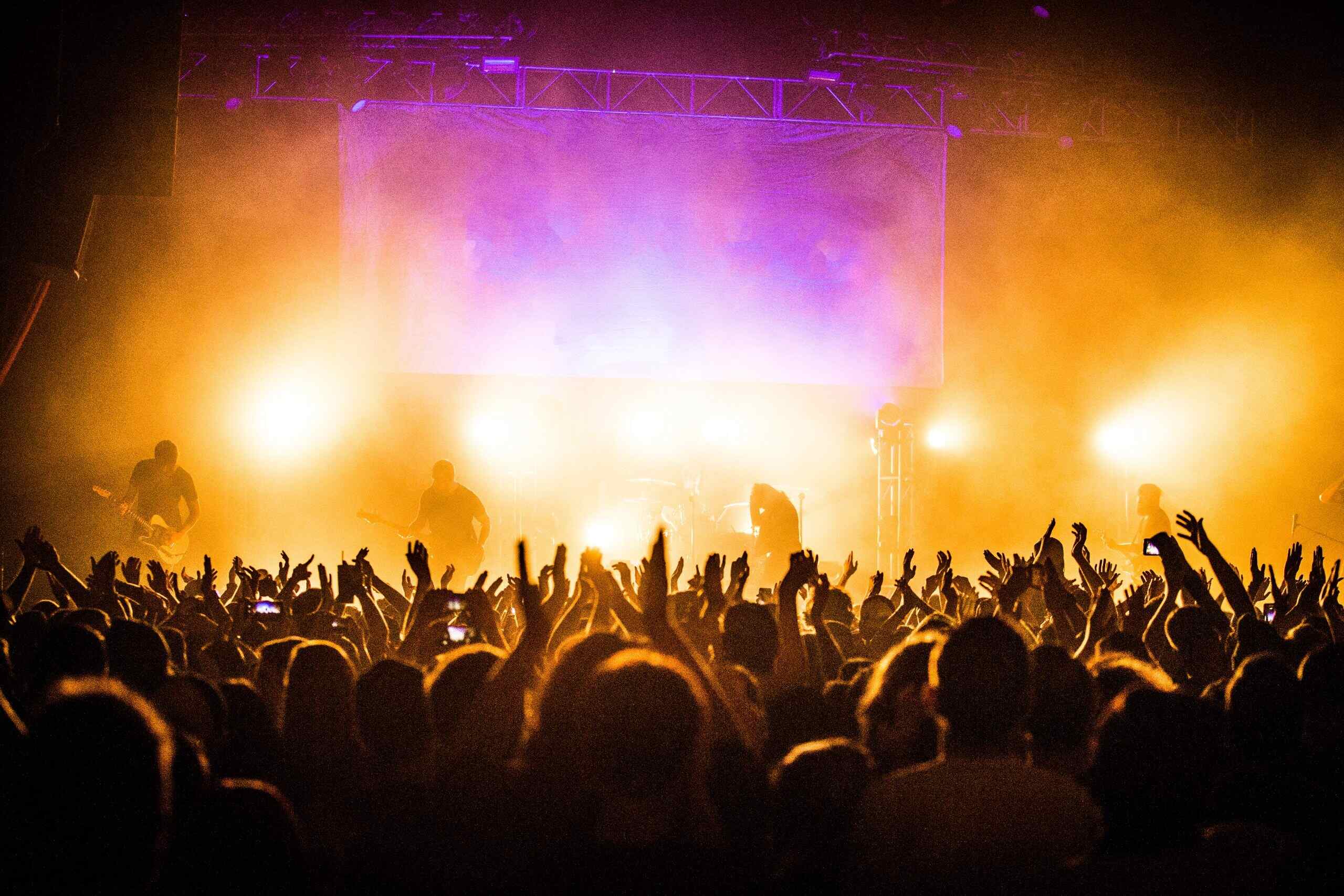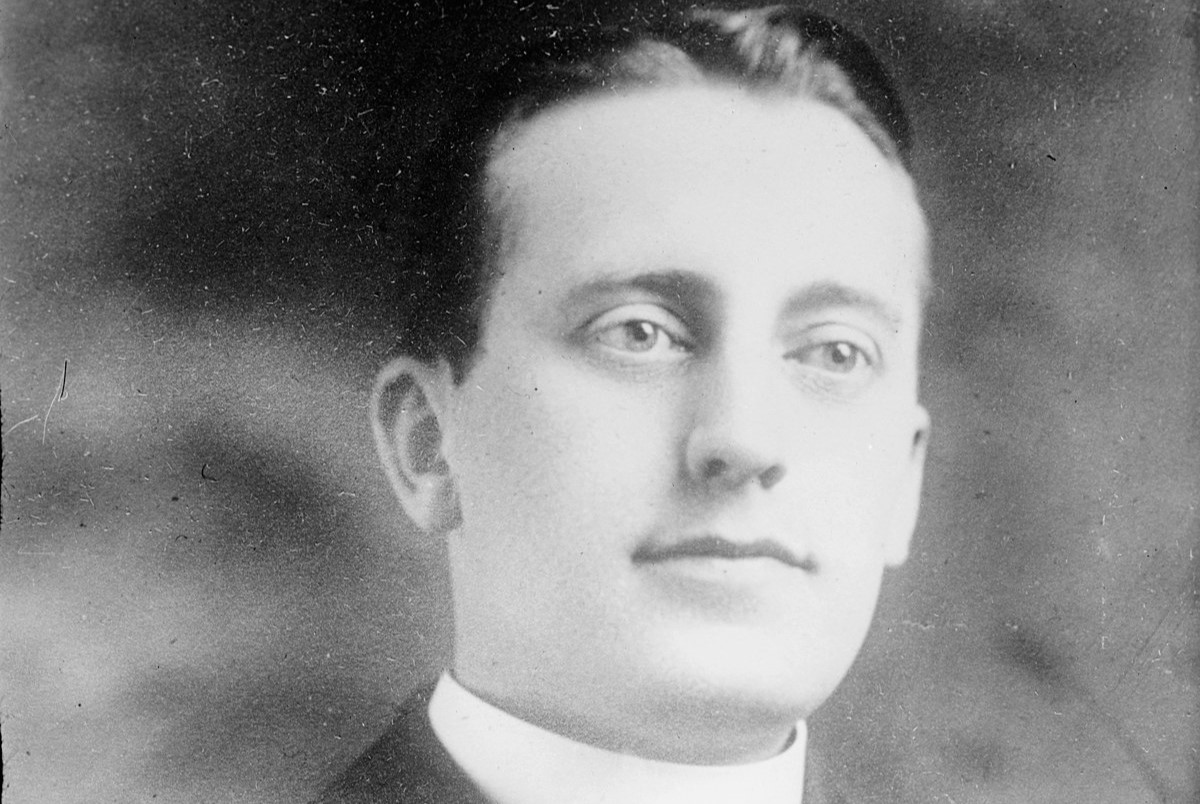
Live performances have a unique magic that recorded shows can't match. Ever wondered why concerts, plays, and live events feel so special? Live performances bring people together, creating a shared experience that resonates deeply. The energy of the crowd, the spontaneity of the performers, and the unpredictability of the moment make each show one-of-a-kind. From the history of theater to the latest concert trends, there's a lot to learn and appreciate about live events. Whether you're a seasoned theatergoer or a concert newbie, these 25 facts about live performances will give you a fresh perspective on why we love them so much. Ready to dive in? Let's get started!
Key Takeaways:
- Live performances have a rich history dating back to ancient Greece, and they continue to evolve with new technologies like holograms and virtual reality concerts.
- Attending live performances can reduce stress, increase well-being, and even synchronize the audience's heartbeats with the music, creating a sense of unity and connection.
The Magic of Live Performances
Live performances have a unique charm that recorded shows can't match. The energy, the atmosphere, and the spontaneity make them unforgettable.
-
The first recorded live performance dates back to ancient Greece, around 700 BC. These early plays were part of religious festivals.
-
Shakespeare's Globe Theatre in London was one of the first venues built specifically for live performances. It opened in 1599.
-
The longest-running live performance is "The Mousetrap" by Agatha Christie. It has been performed continuously in London since 1952.
-
Broadway in New York City is considered the pinnacle of live theater. It has 41 professional theaters, each with 500 or more seats.
-
The most expensive Broadway show ever produced is "Spider-Man: Turn Off the Dark," which cost around $75 million.
The Impact of Live Music
Live music performances have a profound effect on both the audience and the performers. They create a shared experience that recorded music can't replicate.
-
The largest live concert ever recorded was by Rod Stewart in 1994. Over 3.5 million people attended his New Year's Eve concert in Rio de Janeiro.
-
Woodstock, held in 1969, is one of the most famous music festivals in history. It attracted over 400,000 people and became a symbol of the counterculture movement.
-
The longest concert by a single artist lasted 27 hours, 3 minutes, and 44 seconds. It was performed by Canadian musician Kevin Ker in 2010.
-
Live Aid, held in 1985, was a dual-venue concert to raise funds for famine relief in Ethiopia. It featured performances by Queen, U2, and David Bowie.
-
The Rolling Stones hold the record for the highest-grossing tour of all time. Their "A Bigger Bang" tour from 2005-2007 earned over $558 million.
The Evolution of Live Performances
Live performances have evolved significantly over the years, adapting to new technologies and changing audience preferences.
-
The first live television broadcast was in 1928. It featured a performance by American actress and singer Helen Hayes.
-
The introduction of electric lighting in theaters during the late 19th century revolutionized live performances, allowing for evening shows.
-
The use of holograms in live performances is becoming more common. In 2012, Tupac Shakur appeared as a hologram at the Coachella music festival.
-
Virtual reality (VR) concerts are gaining popularity. Artists like Billie Eilish and Travis Scott have hosted VR concerts, allowing fans to experience live performances from home.
-
The COVID-19 pandemic accelerated the growth of live-streamed performances. Platforms like Zoom and YouTube became popular venues for artists to connect with their audiences.
The Science Behind Live Performances
There's more to live performances than meets the eye. Science plays a significant role in understanding their impact and improving the experience.
-
Studies show that attending live performances can reduce stress and increase feelings of well-being. The communal experience and emotional connection play a big part.
-
The "Mozart effect" suggests that listening to live classical music can improve cognitive function and creativity.
-
Acoustics are crucial in live performance venues. The design of a theater or concert hall can significantly affect the quality of sound.
-
Stage lighting not only enhances the visual appeal but also influences the audience's emotional response. Different colors and intensities can evoke various feelings.
-
The phenomenon of "entrainment" occurs when the audience's heartbeats synchronize with the rhythm of the music. This creates a sense of unity and connection.
Fun Facts About Live Performances
Live performances are full of interesting tidbits and quirky facts that add to their allure.
-
The tradition of "breaking a leg" before a performance comes from the idea that bending your knee (or "breaking" your leg) was a sign of a successful bow.
-
The longest-running musical in the West End is "Les Misérables." It has been performed continuously in London since 1985.
-
The world record for the most costume changes in a live performance is held by singer and actress Cher. She changed outfits 17 times during a single concert.
-
The first recorded instance of an encore occurred in the 17th century. Audiences would shout "again" to hear their favorite parts of the performance once more.
-
Some theaters have "ghost lights" that are left on when the venue is empty. This tradition is believed to ward off spirits and ensure the safety of the performers.
The Final Act
Live performances hold a special place in our hearts. From the energy of the crowd to the unpredictability of the show, there's nothing quite like it. Whether it's a concert, theater production, or street performance, these events bring people together in a unique way. They create memories that last a lifetime and offer a break from our daily routines.
Performers pour their hearts into each act, making every moment unforgettable. So next time you get the chance, grab a ticket, and immerse yourself in the magic of a live show. You'll not only support the artists but also enrich your own life with an experience that's truly one-of-a-kind.
Live performances remind us of the beauty of human connection and the power of shared experiences. Don't miss out on the chance to be part of something extraordinary.
Frequently Asked Questions
Was this page helpful?
Our commitment to delivering trustworthy and engaging content is at the heart of what we do. Each fact on our site is contributed by real users like you, bringing a wealth of diverse insights and information. To ensure the highest standards of accuracy and reliability, our dedicated editors meticulously review each submission. This process guarantees that the facts we share are not only fascinating but also credible. Trust in our commitment to quality and authenticity as you explore and learn with us.


